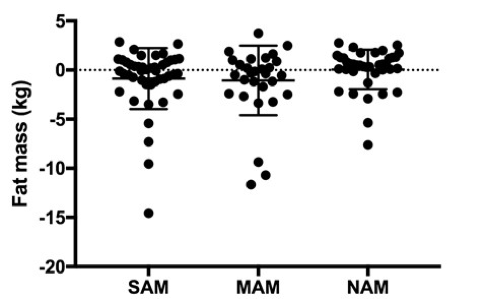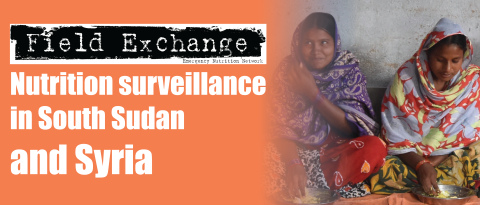Defining, measuring and interpreting the appropriateness of humanitarian assistance
Research snapshot1
Measuring and reporting the appropriateness of humanitarian assistance is a matter of accountability and is critical for the assessment of impact and value for money. A recent review identified eight methods of assessing humanitarian response appropriateness and assessed the key features and limitations of each. This review is part of a broader project to enhance the accountability of humanitarian responses through developing auditing approaches for real-time monitoring. The methods were found to vary considerably in their definitions of ‘appropriateness’, provide insufficient guidance on measurement, be vulnerable to interpretive bias, and frequently report findings in an ambiguous manner. They do not allow for assessment of changes in ‘appropriateness’ of a given response over time, nor comparison between responses. A conceptual framework is proposed based on the premise that the appropriateness of a response or intervention is determined by the extent to which it is designed to save lives, alleviate suffering and maintain human dignity. Figure 1 shows the conceptual framework adapted to the health and nutrition sector.
The authors define ‘appropriate humanitarian assistance’ as a combination of (i) an intervention/package of services that addresses objective needs and threats to the health or welfare of crisis-affected populations; (ii) a modality of delivery that reflects the context, enhances user acceptability and promotes sustainability where possible; and (iii) having a target beneficiary population that is clearly defined, sufficient in size and prioritised according to need. This framework includes a specific set of questions relating to the ‘what/how/to whom’ domains of a humanitarian project or response; a semi-quantitative scorecard to score each of the questions/domains; and a brief narrative contextualisation of the findings. A data-collection tool and operational guidance are now being developed to test the method in a number of ongoing health and nutrition responses. The approach is designed for self-assessment by response teams for early course-correction and real-time ongoing evaluation to ultimately enhance governance, accountability and transparency in humanitarian response.
Figure 1: Proposed conceptual framework adapted for the nutrition and health sector

Endnotes
1Abdelmagid N, Checchi F, Garry S and Warsame A. Defining, measuring and interpreting the appropriateness of humanitarian assistance. Journal of International Humanitarian Action (2019) 4:14 https://doi.org/10.1186/s41018-019-0062-y


